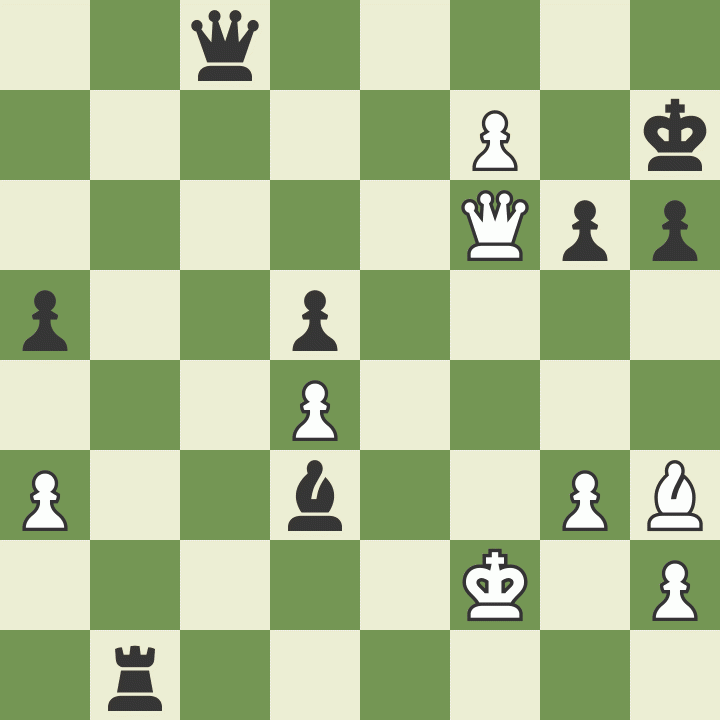
Underpromotion
Promotions are almost always something to be celebrated, both in chess and in real life. But what if your only option is to accept an underpromotion? It turns out that sometimes this could be even better—at least in chess.
What Is An Underpromotion In Chess?
Promoting a pawn to a piece other than a queen is known as an underpromotion. This term is applied to this situation because the queen is the most valuable piece after the king. As a result, promoting a pawn to any other piece involves forfeiting the opportunity to supplement your army with the fiercest attacker in the game.

Why Are Underpromotions Important?
If the queen is so powerful, why would anyone want to underpromote their pawns? There are several reasons why a player would choose to do so. Creating a devastating attack, avoiding a draw, and defending against an imminent threat are the main reasons for underpromotions.
In the following game between two former world champions, GM Mikhail Tal and GM Boris Spassky, Black finds a way to gain material by sacrificing a queen and enabling a lethal underpromotion. Note that, after Spassky's underpromotion, Tal had to sacrifice his queen to avoid checkmate.
Next we see another example of the usefulness of the underpromotion. In this game between GM Jaroslav Sajtar and GM Pal Benko, Sajtar correctly underpromotes to avoid a stalemate. If White had promoted to a queen, the black king would have no legal moves left, and the game would end in a draw.
Finally, in this last example, we see a beautiful endgame played by GM Hikaru Nakamura against GM Vladimir Kramnik. Nakamura found a creative way to gain a vital tempo to save the game. If he had promoted to a queen, Kramnik would take the knight and promote his pawn to a queen with check. By underpromoting with check himself, White was able to avoid the black pawn's promotion and entered a winning endgame.
Test Your Skills
Now that you are familiar with the concept of underpromotion, it is time for you to test your knowledge! Solve the puzzles below by promoting your pawn to the right piece for each position.
Puzzle 1: You are already ahead in material with a winning position. There is one quick way to end this battle with the next move. How can you force the game to a comfortable victory?
Puzzle 2: Black hopes to draw this game by forking your promoted pawn with their knight. Is there any way to force Black to allow you to promote a pawn to a queen?
Conclusion
You now know about the concept of underpromotion and when it is useful. Learn more about other essential chess concepts by heading over to our Lessons page and start improving your game now!









